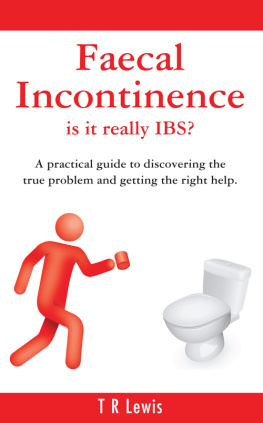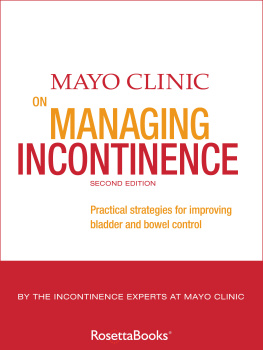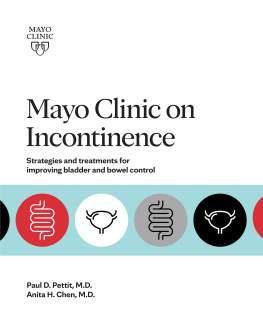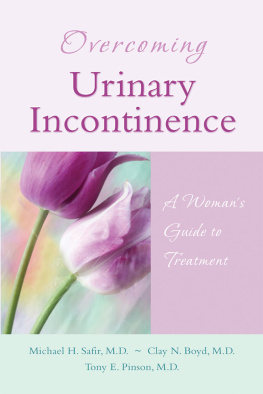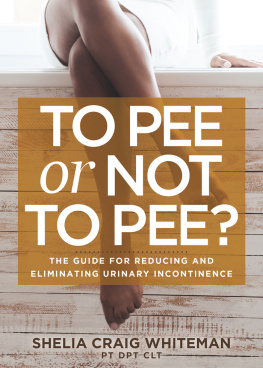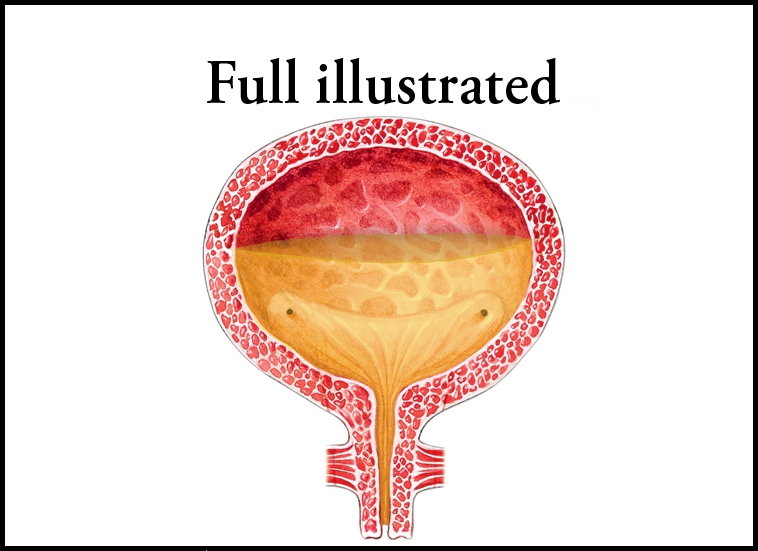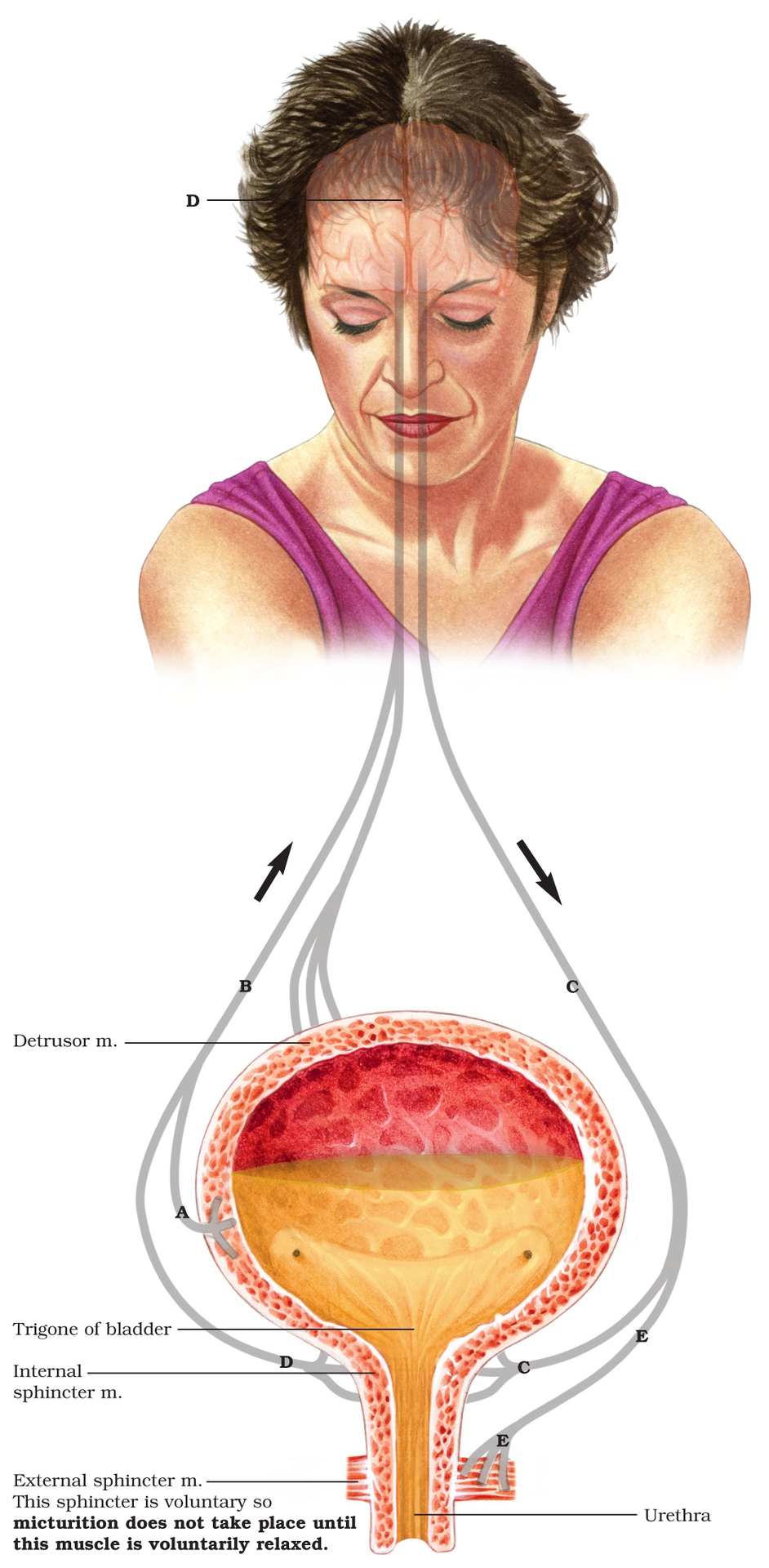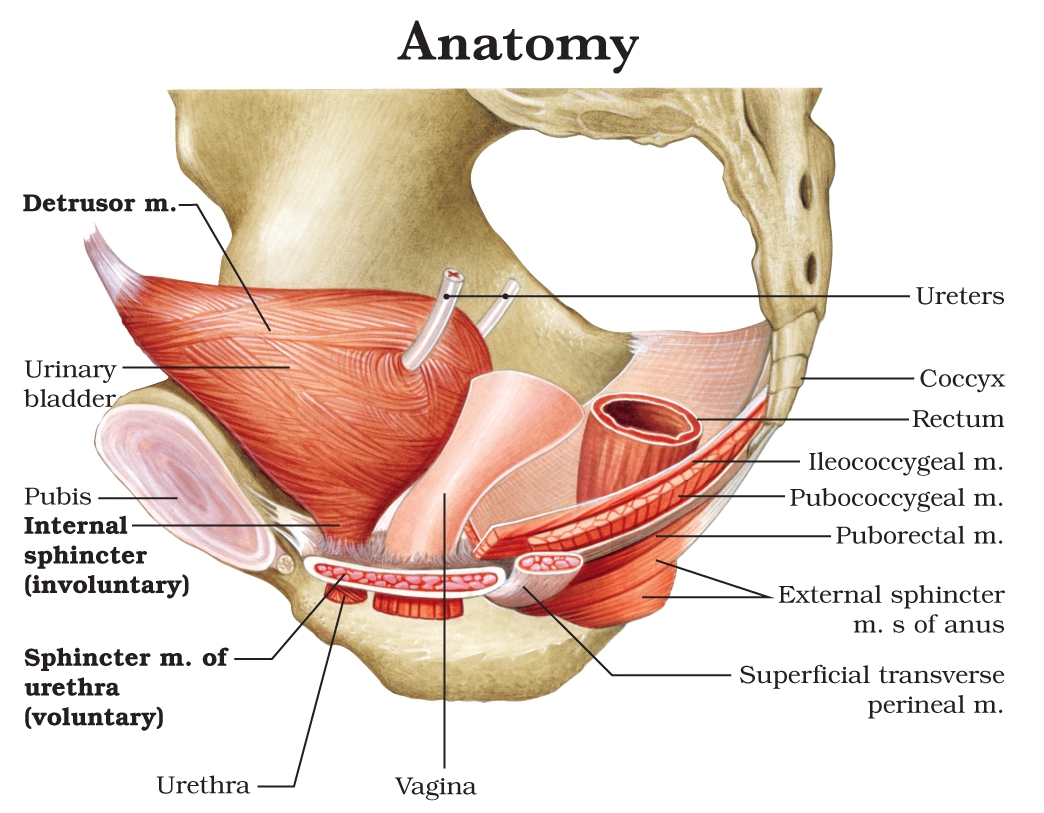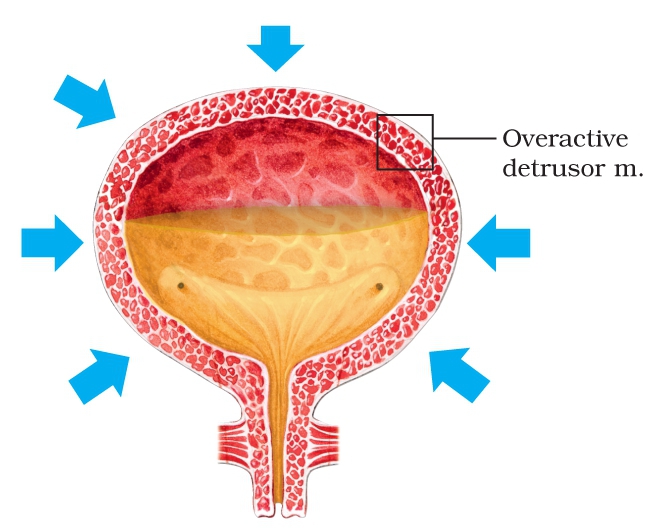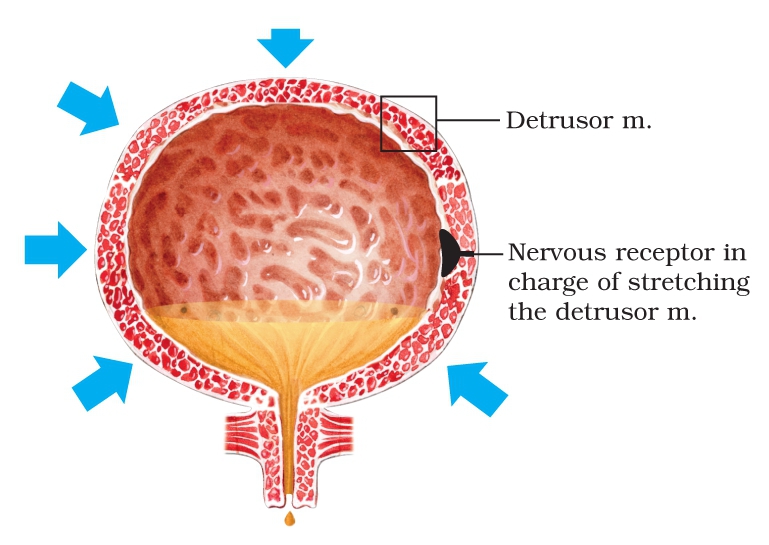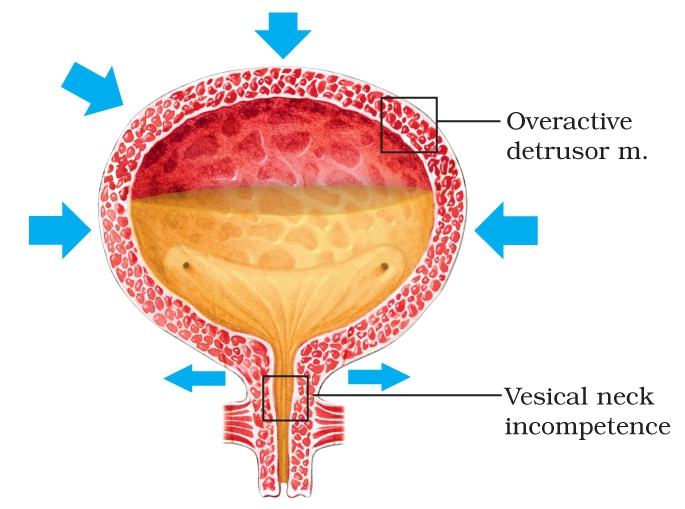The First Edition of "Urge Incontinence": This chart was created by Anejo Health Communications.
This reference is an essential addition to every library, whether you are a health professional, student, or interested consumer. Anejo charts show the human body in a format that provides a clear and visual understanding our anatomy.
This "Urge Incontinence" is ideal for studying human pathologies, patient consultation, or quick reference.
You may view each image, enlarge it to see every detail.
HC-HealthComm GmbH, Neikesstrasse 3, 66111 Saarbrcken
Telephone-No.:+49 (0)681 9590210-13
E-Mail:
www.hc-healthcomm.com
All rights reserved
Anejo Health Communication www.anejo.eu
Although the information about medication given in this book has been carefully checked, the author and publisher accept no liability for the accuracy of this information.
In every individual case the user must check such information by consulting the relevant literature.
This work is subject to copyright. All rights are reserved, whether the whole or part of the material is concerned, specifically the rights of translation, reprinting, reuse of illustrations, recitation, broadcasting, reproduction on microfilm or in any other way, and storage in data banks.
Table of Contents
Urge Incontinence
Urge incontinence, unstable bladder, or overactive bladder is the loss of a large amount of urine, a condition that can result both from physical or psychic problems.
It is more frequent in women because of the gynecological factors implied, and in the elder. Urge incontinence occurs when the desire to urinate cannot be controlled (there is previous awareness of the need to urinate) because of a sudden contraction of the bladder muscles hindering the performance of the external sphincter.
Urge incontinence is more frequent in women. This is mainly due to two reasons: obstetrics, implying women who have given birth to many children, who undergo a normal relaxation of the pelvic muscles. Also menopause and an estrogenic deficit, causing the pelvic muscles to degenerate so that the usual localization of the pelvic organs is lost, thus favoring incontinence.
Normal Micturition
A. When urine accumulates inside, the walls of the bladder stretch in those parts where there are nervous receptors that respond to this type of stimulus.
B. The stimulus is transmitted to the spinal cord through a sensory and motor nerve impulse.
C. A motor impulse is sent from the brain so that the walls of the bladder contract. Urine is directed toward the internal sphincter, which relaxes.
D. The need to urinate is detected by the brain.
E. Micturition can now take place, which implies relaxing the external sphincter.
Micturition is a reflex act controlled by the brain after a learning process. There are two sphincters regulating the discharge of urine. One is the internal sphincter, which closes the urethra and is made up of smooth muscle fibers; it is not voluntary. The one below, the external sphincter, is made up of skeletal muscle fibers surrounding the urethra; it is voluntary.
Anatomy
Pathogenic Mechanism
Urge incontinence occurs when the normal micturition cycle and the relaxation process of the external sphincter become dysfunctional. The following causes can be mentioned: Neurological Problems: Parkinsons disease, multiple sclerosis, cerebrovascular accident, spinal cord injury, Alzheimers disease, dementia.
Infectious Diseases: urinary tract infection, vaginitis, urethritis. Renal, prostatic, or gynecological tumors.
Other Causes: diabetes mellitus, secondary effects of diuretics, post menopause (lack of estrogen stimulation), constipation, a previous surgery of the pelvis or urinary bladder, dehydration.
The vesical muscle can be affected by, and eventually lead to, urge incontinence by means of three mechanisms.
Motor Causes
The detrusor muscle of the urinary bladder is overactive and so leads to urinary incontinence. The inhibition of the micturitional reflex is dysfunctional.
It is caused by psychic mechanisms, efforts, or obstructions.
Sensory Causes
There appears an early sensation of a filled bladder and an urge to urinate.
This is caused by an increase in the sensory impulses from the receptors in the walls of the urinary bladder. It can be associated with diseases.
Mixed Causes
In this case the overactivity of the detrusor muscle is combined with a disorder in the mechanisms closing and opening the sphincters.
The vesical neck, in charge of enabling urine to enter the proximal urethra, is incompetent. This is the reason why the detrusor understands that micturition has started and releases the reflex causing it to contract, finally producing the loss of urine.
Signs and symptoms
Inability to hold urine.
Urge to urinate.
Pain when urinary bladder is full.
Lower abdominal distension.
Involuntary loss of urine if a toilet is not reached immediately.
Increased micturition frequency both during the day and at night.
More frequent urinary tract infections.
A feeling that micturition has been incomplete.
All these circumstances can be worsened with cold, caffeine intake (coffee, soda, drugs etc.) and constipation, among others.
Diagnosis
A physical examination and questions are essential. A direct urine test, a urine culture and an antibiogram will be needed. If an infection is confirmed, a pre and post micturitional renal and vesical ecography will also be indicated to measure the amount of urine remaining in the urinary bladder.
An abdominal ecography, an electromyogram, and such stress tests as coughing or exercising while the bladder is full can also be required.
Many people consult with a physician when their case has already evolved. Women feel ashamed and dirty and they limit their social activities. Their sexual intercourse becomes altered and they undergo psychological changes. They can also present with dermatitis between their legs.



